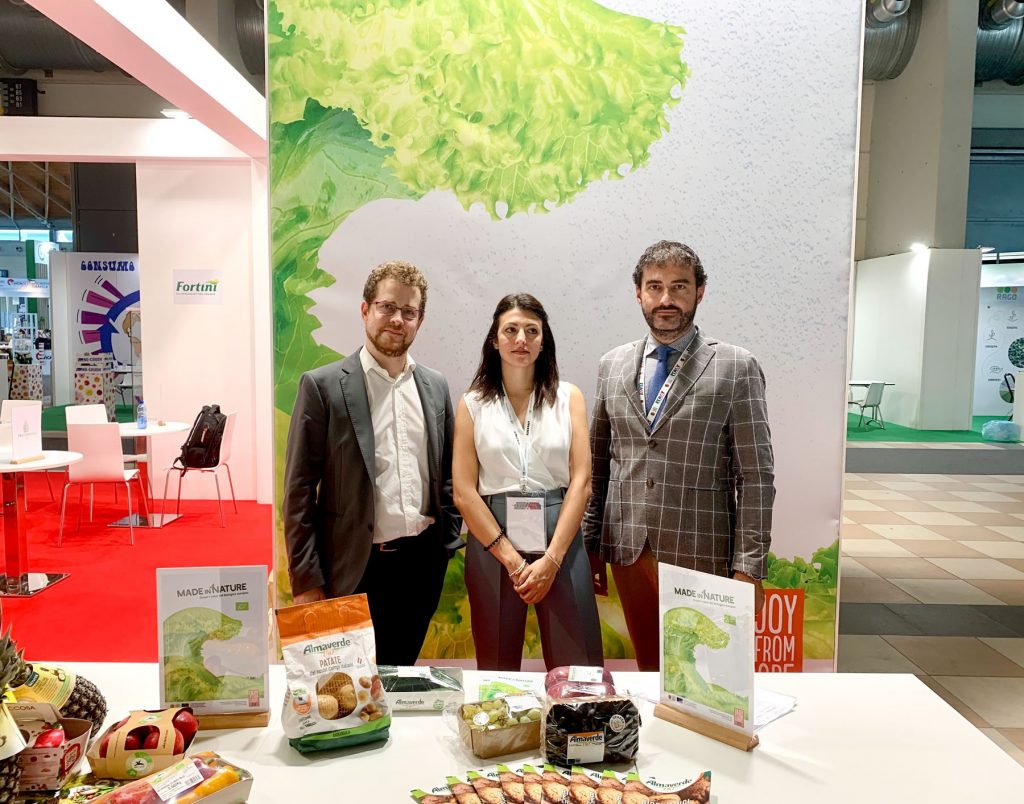The Spanish grapefruit have the lowest water footprint in the fruit sector
The Spanish grapefruits have managed to reduce their water footprints to 203 m 3 /tonne, positioning it as the fruit with the lowest water footprint among all those grown in the country, according to the report carried out by the Interprofessional Association Lemon and Grapefruit (AILIMPO).
“Grapefruit cultivation are an example in the optimal use and management of water”, they point out from AILIMPO. This is due to the fact that the steps taken in irrigation and fertilization have managed to increase farm productivity, obtaining greater production per amount of water used.
What is the water footprint?
The water footprint is an indicator of the use of fresh water to obtain a product or service, which considers both direct and indirect consumption throughout the entire supply chain. For this, three factors are taken into account: the blue water footprint, which is the water extracted from surface or underground sources; the green footprint, derived from the rain assimilated by the crops themselves; and, finally, the gray water footprint, which corresponds to the water used to avoid altering the blue water.
Pioneers in calculating the water footprint
“The calculation of the water footprint is part of AILIMPO’s sustainability policy in the environmental field, whose purpose is to align with points 6 and 12 of the Sustainable Development Goals (SDG) of the United Nations (UN), which they refer to guaranteeing the availability and sustainable management of water and sanitation for all people, as well as professing responsible consumption”, explains AILIMPO.
This innovative work carried out from the interprofessional has followed the methodology established by Water Footprint Network (WFN), which is the world reference organization, offering information on the water footprint of grapefruits produced in Spain by province. In addition, the data obtained has been compared to see its evolution in the last 30 years and contrast the footprints of the grapefruit with respect to other fruits.
Thus, the report quantifies the water footprint of the grapefruit at around 203 m3/tonne, with the blue HH being 79 m 3 /t, the green 54 m 3 /t and the gray 70 m 3 /t.
The keys: good use of water and increased productivity
Grapefruit cultivation are a model in the optimal use and management of irrigation water thanks to the investments made in storage and distribution infrastructures. In this way, 84% of the cultivated area uses localized irrigation systems, making more efficient use of water and nutritional resources of plants. This situation has managed to increase productivity, also causing the water footprint of Spanish grapefruits to be currently 119 m3/t lower than in 1990 (36,9% less).
However, and despite the positive data contained in the reports, Spanish grapefruit producers continue to work to further reduce their water footprint , increasing investments in precision agriculture technologies to maximize productivity and minimize the use of water with techniques such as monitoring the water in the soil, placing mulch plastic on crop lines, covering irrigation ponds, or reducing the use of inputs, among others.
To access the full content of the report, click here:
Grapefruit Water Footprint Spain
Infographic available at the following link:
Grapefruit Water Footprint





